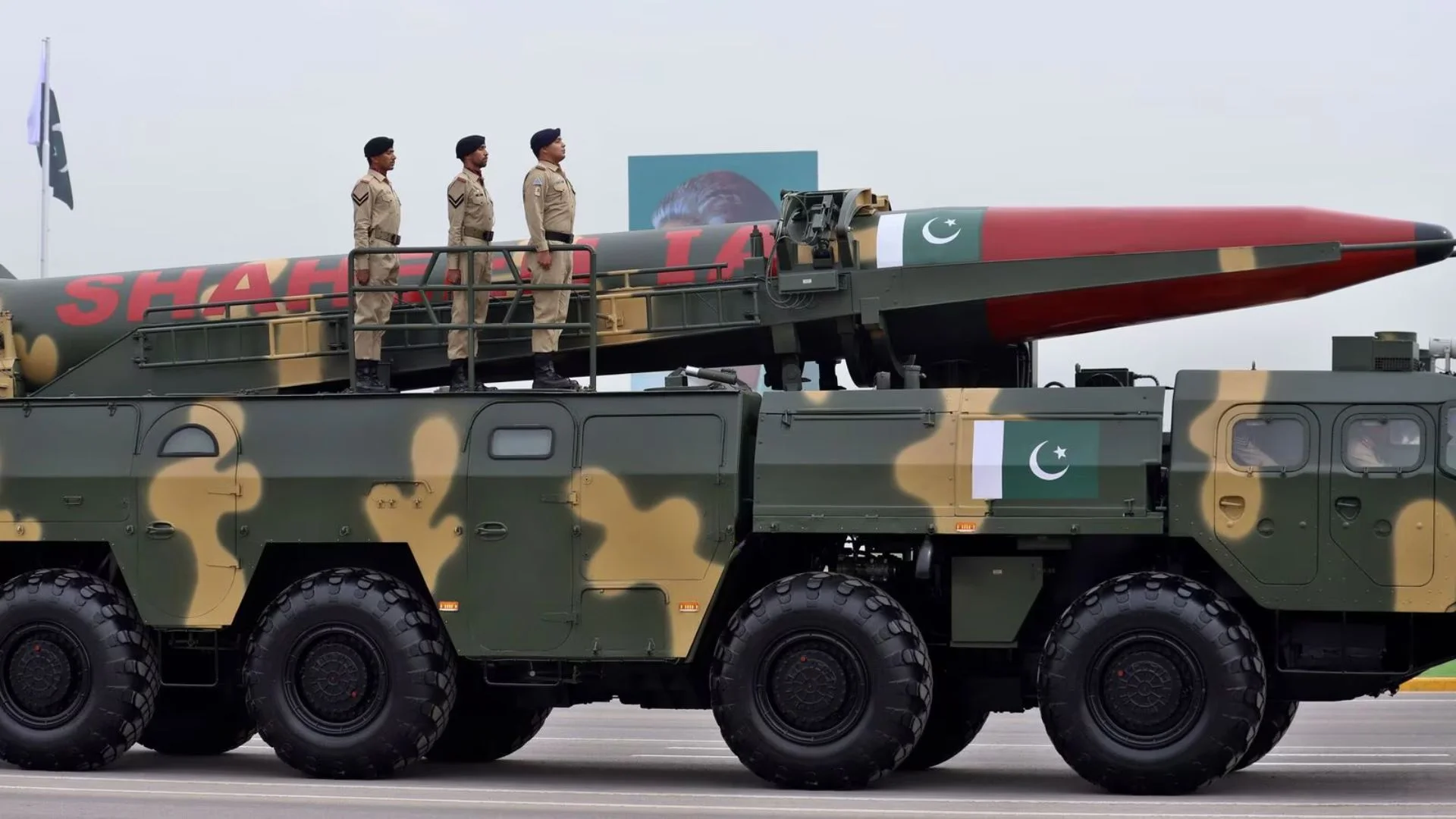
The variety of landforms brings about climatic variety and occasional changes. Weather conditions are definitely not a steady peculiarity; rather, they are truly changing, and any change in an ecological state can create an extraordinary climatic commotion. Nations that are arranged near the poles of our planet face outrageously long and serious winters compared to others. There, the colder season isn’t just a Christmas present; it’s a long-term difficult situation and a battle for endurance.
CANADA
Temperatures vary dramatically across the various regions in sparsely populated Canada, with harsh winters in the interior that can reach 5°F and drop to -40°F, usually a few days after a very heavy snowfall. The coldest temperature ever recorded was -63.0 °C (-81.4 °F) in Snag, Yukon Territory, in 1947.
RUSSIA
Russia is the second coldest country in the world. Even in extreme summers, the temperature remains around 3 degrees Celsius. It reaches less than -40 degrees in harsh, snowy winters. The rest of the year, with the exception of two months, there is no sunlight.
MONOGLIA
Imagine your hands shivering in minus 41 degrees Celsius. In Mongolia’s capital city, Ulaanbaatar, the temperature reached minus 41 degrees Celcius in 2015. Although the city’s 1.3 million residents are used to the harshness of winter, it’s the air pollution that takes a toll on their health.
FINLAND
Finland has a mean temperature of 35.06 °F and a record low of -60.7 °F. The country is known for the world’s most prolonged winter sessions .The four-month winters are characterised by an average temperature of -4°F, extreme snowfall, blizzards, and cold, gusty winds that induce a hibernation mode in residents until they are over.
TAJIKISTAN
The country experiences a continental, semiarid, and subtropical climate, which dramatically changes with elevation. In January, temperatures in the country’s lower elevations range from 30.2 to 37.4 °F, while in the higher sections, they can be as low as 5 to -4 °F in the same month.















